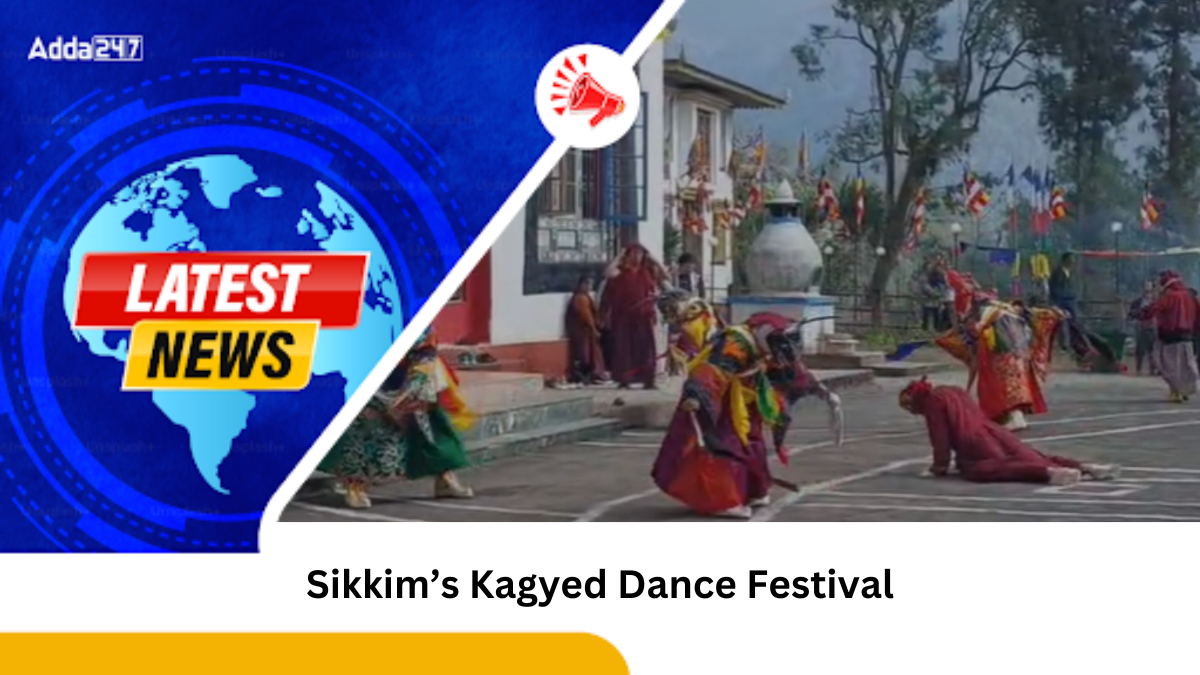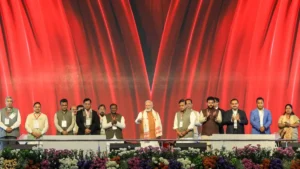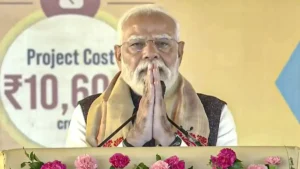The Kagyed Chaam Dance Festival, one of Sikkim’s most revered Buddhist celebrations, is held annually at Tsuklakhang Palace in Gangtok. Marked by elaborate masked dances performed by Buddhist monks and lamas, the festival symbolizes the destruction of negative forces and the ushering in of peace and prosperity for the new year. Enacted on the 28th and 29th day of the 10th month of the Tibetan Lunar Calendar (early December), it is a vibrant cultural event drawing both locals and international tourists seeking spiritual blessings. The festival concludes with the ritualistic burning of effigies, representing the victory of good over evil.
Historical Significance
Rooted in Tibetan Buddhism: The tradition of Cham dances dates back to Guru Padmasambhava, who introduced Buddhism to Sikkim and performed such dances to defeat demons and purify the land.
Symbolic Masks and Mythology: The dances feature masks depicting deities, humans, and animals, narrating tales from Buddhist mythology.
Timing and Venues
Tibetan Lunar Calendar: Observed in early December, two days before the Losoong Festival.
Prominent Monasteries: Celebrations take place at Rumtek Monastery, Phodong Monastery, and Tsuklakhang Palace Monastery.
Highlights and Rituals
Vivid Costumes and Masked Dances: Monks wear ornate costumes and masks, performing coordinated dances to drumbeats and trumpets.
Effigy Burning Ceremony: The festival’s climax features the burning of effigies made of flour, wood, and paper, symbolizing the elimination of evil and a fresh start for the new year.
Summary of the news
| Why in News | Key Points |
|---|---|
| Sikkim’s Kagyed Dance Festival | Held at Tsuklakhang Palace, Gangtok. Celebrates peace and prosperity for the new year through masked dances. |
| Date | Observed on the 28th and 29th day of the 10th month of the Tibetan Lunar Calendar (early December). |
| Significance | Masked dances by monks symbolizing destruction of evil forces. Rituals include burning effigies to mark victory of good over evil. |
| Historical Background | Cham dances trace back to Guru Padmasambhava’s time, representing Buddhist mythology. |
| Key Venues | Rumtek Monastery, Phodong Monastery, Tsuklakhang Palace Monastery. |
| Masks and Rituals | Monks wear ornate costumes and masks, perform dances to rhythmic drums and horns. |
| Sikkim – Static Info | Capital: Gangtok, CM: Prem Singh Tamang, Governor:Om Prakash Mathur |



 Auroville Foundation May Gain Institutio...
Auroville Foundation May Gain Institutio...
 PM Modi Opens Nature Themed Terminal at ...
PM Modi Opens Nature Themed Terminal at ...
 PM Modi Launches ₹10,601 Crore Fertilise...
PM Modi Launches ₹10,601 Crore Fertilise...







